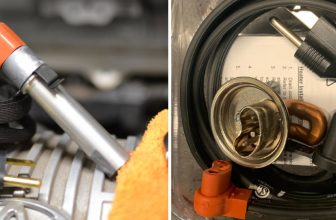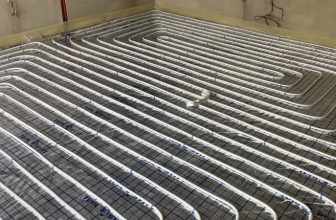How to Insulate Water Heater
Are you struggling to keep your water heater at a comfortable temperature? If so, you’re not alone. Millions of homeowners face similar predicaments all around the country every single day.
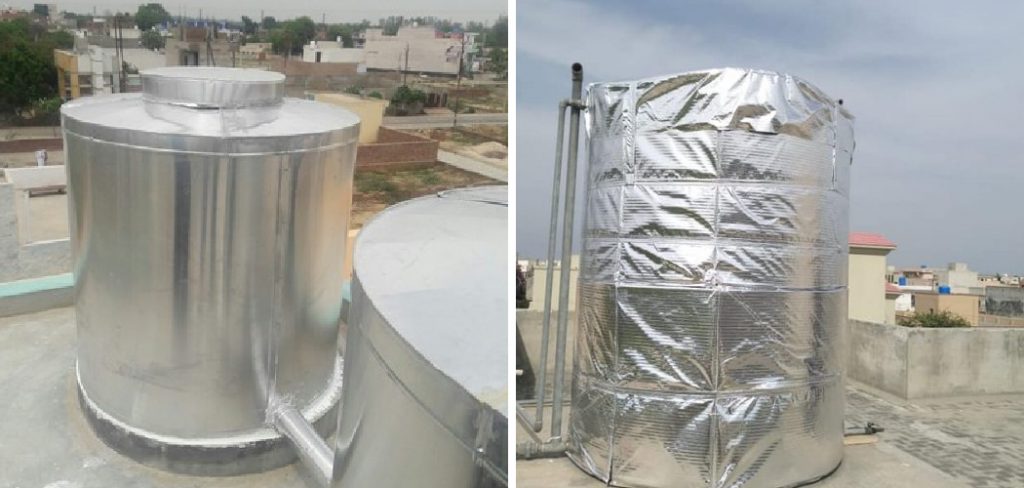
But don’t worry–there’s an easy way to remedy this issue: Insulating your hot water heater! This blog post outlines how to insulate water heater simply and quickly, with tips on materials, installation techniques and more. So if you’re ready to start saving energy and money while keeping the right temperature for household tasks such as laundry or dishwashing–read on below!
If you want to reduce energy costs, one of the best ways is to insulate your water heater. Proper insulation helps keep the hot water inside, giving you access to warm or hot water for much longer without having to waste energy reheating it.
Here we will discuss how insulation works and why it matters so much when it comes to keeping your water heater running efficiently—plus some useful tips on how to properly insulate yours! Read on for more information about maximizing efficiency with a simple household upgrade!
Why is Important to Insulate Water Heater?
There are many reasons why it is important to insulate your water heater.
1. To Reduce Heat
One of the main benefits of insulating a water heater is reducing the amount of heat lost from the tank. Without insulation, much of the energy used to heat up the water will be wasted as it escapes through walls and other surfaces before reaching your tap. This can lead to higher energy bills, so installing proper insulation can help save money in the long run.
2. To Keep Water Hotter
Insulating your water heater also helps keep the water inside hotter for longer periods. This means that you will have hot water available whenever you need it and will remain hot for extended periods. Insulation also acts as a barrier between cold surfaces and the heated water, preventing sudden temperature drops that can occur when water comes into contact with cold surfaces.
3. To Minimize Corrosion
The presence of insulated materials also helps to reduce corrosion in the tank and on other connected components. This is important because corrosion can lead to leaks and other damage to parts of your plumbing system. Also, corrosive materials can wear away at the tank, reducing its lifespan and efficiency.
By insulating your water heater correctly, you can enjoy all of these benefits and more. You can save money on energy bills while having hot water available whenever you need it. Additionally, insulation helps reduce corrosion in the tank and connected components, which can prevent expensive repairs in the future. With all of these benefits, insulating your water heater is an easy and effective way to maintain your plumbing system.
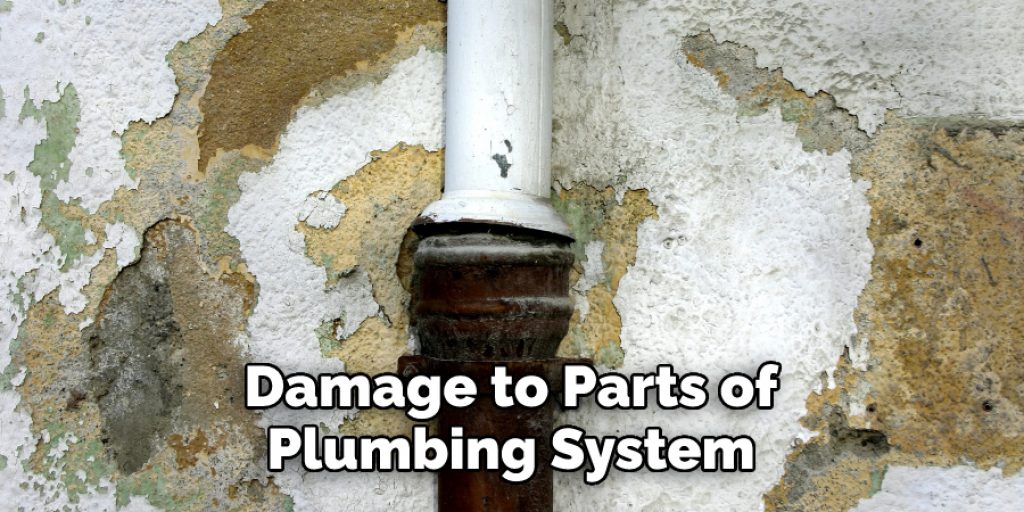
How to Insulate Water Heater in 6 Easy Steps
Step 1: Turn Off the Power to the Water Heater
One of the most important steps when it comes to insulating a water heater is to turn off the power. You need to make sure that the electric current is cut off before you begin the insulation process.
Step 2: Drain the Water Heater
Once you have turned off the power, you will then need to drain the water heater. This can be done by attaching a garden hose to the water heater’s drain valve and running it into a bucket or other container.
Step 3: Remove Old Insulation
If you are replacing old insulation, you must remove it first. Carefully remove any tape that is holding the insulation in place. Be sure not to damage any of the tank components. You have to be careful not to damage any of the electrical connections inside the tank.
Step 4: Install New Insulation
Once the old insulation is removed, you can install the new insulation. Begin by placing foam panels along all four sides of the water heater and then around the bottom. Use spray adhesive to hold them in place if needed.
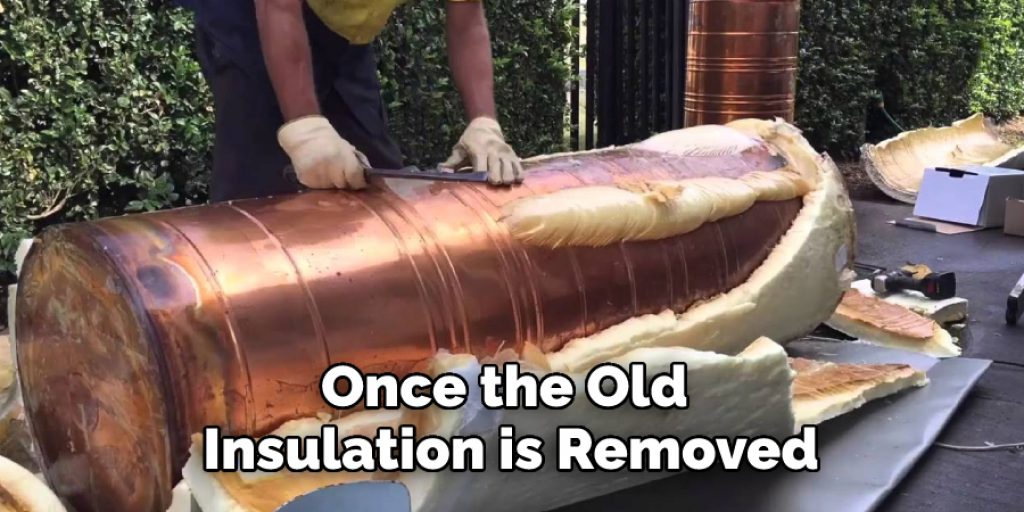
Step 5: Wrap the Tank in Insulated Blanket
After you have installed the foam panels, you will want to wrap the tank with an insulated blanket. Make sure that it is sealed tightly and that there are no gaps or openings for air to escape. You have to be careful not to cover any of the vents on the outside of the tank.
Step 6: Reinstate Power and Turn It On
Once you have completed all of the previous steps, it is time to reinstate power and turn it on. Make sure that everything is running smoothly before you leave. That’s it! You are now done with your How to Insulate Water Heater project. Congratulations!
Now that you know to Insulate Water Heater in 6 easy steps, you can make sure that your water heater is working at peak efficiency and providing the maximum amount of hot water for your home or business. With insulated water heaters, you can save money on energy costs by reducing the amount of energy used to heat the water. Insulating your water heater is a simple process that can save you money in the long run, so don’t hesitate and get started today!
Some Additional Tips to Insulate Water Heater
1. Do Not Cover the Thermostat
This is very important, as the thermostat needs to sense the temperature of the water in order to keep it at a safe level. Covering the thermostat will prevent it from doing its job effectively and can cause harm. Also, it is best to avoid using foam as this may interfere with the thermostat.
2. Check for Leaks or Damage
If there are any signs of water damage or leaks around the tank, you should deal with them before attempting to insulate them. If left untreated, a leak can cause extensive damage and expensive bills.
3. Consider the Environment
If you are using a gas water heater, it is important to take into account the impact that insulating may have on the environment. This is because insulating can cause an increase in energy consumption due to reduced heat transfer from the tank to its surroundings.
4. Insulate Pipes
It is also important to insulate the pipes attached to your water heater as this can reduce heat loss and help maintain a safe temperature for the water. This should be done with pipe insulation material that is designed specifically for use in water heating systems.
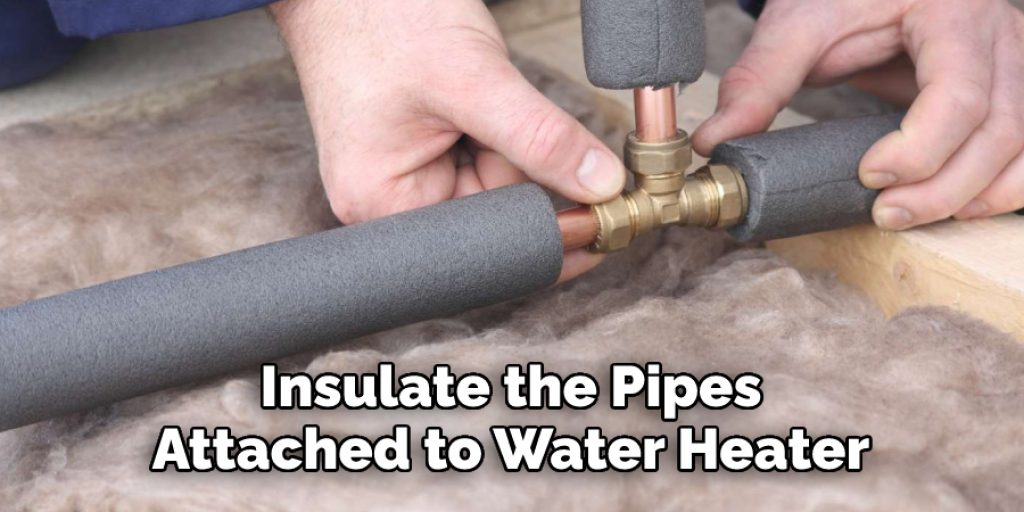
Following these steps will ensure you are able to successfully and safely insulate your water heater and enjoy the benefits of doing so. It is important to take into account all potential risks involved in insulating a water heater and ensure that all safety precautions are taken.
Frequently Asked Questions
What Precautions Should I Take When Insulating My Water Heater?
Before you begin, always wear protective gear such as goggles, gloves, and dust masks. Make sure to turn off the power source to the water heater before beginning your project. Additionally, ensure no standing water is near the area before starting insulation. Also, make sure to use insulation that is specifically designed for water heater tanks.
What Materials Do I Need To Insulate My Water Heater?
The material you need depends on where your water heater is located. You will need fiberglass or foam insulation materials and tape if the tank is inside. If it’s outside, an insulated jacket is recommended. You should also have duct tape, scissors, and a utility knife to help with the installation process. Also, if you are using a jacket, make sure to get one that is the correct size for your water heater.
How Do I Install The Insulation?
If you install foam insulation or an insulated jacket, cut it to the right size and shape. Then, secure the material using tape in order to ensure it is airtight. It is important to ensure that all the seams are tight, as this will prevent lost heat. Finally, use a utility knife to cut any holes necessary for air circulation or electrical cords. Also, if you are using an insulated jacket, make sure to follow the manufacturer’s instructions for installation.
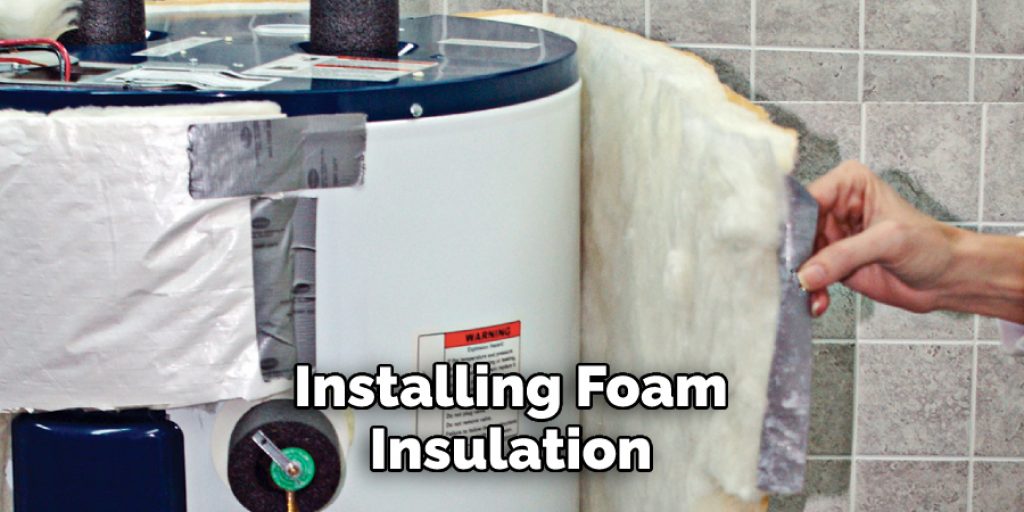
Is Insulating My Water Heater Necessary?
Insulating your water heater is a great way to improve energy efficiency and reduce hot water costs. It can also help prevent freezing in colder climates. Given these benefits, insulating your water heater is a worthwhile investment. It will provide you with long-term savings and help keep your home comfortable year-round.
Conclusion
Now you know how to insulate water heater. It is important to take all the necessary precautions and use materials that are specifically designed for water heating systems. Following these steps will help you to benefit from improved energy efficiency and cost savings in the long run.
In conclusion, insulating your water heater is a great way to save on your energy bills and ensure that your hot water tank isn’t using more energy than needed. With a little bit of know-how and some time, anyone can properly insulate their own electric or gas water heater without having to pay an expensive electrician, plumber, or HVAC technician.


